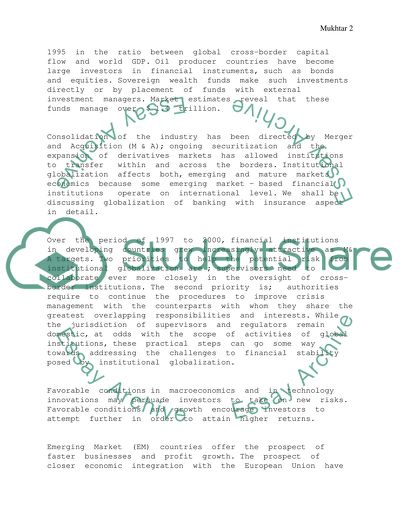Cite this document
(“Global Financial Stability Assignment Example | Topics and Well Written Essays - 1750 words”, n.d.)
Global Financial Stability Assignment Example | Topics and Well Written Essays - 1750 words. Retrieved from https://studentshare.org/finance-accounting/1544920-economic-essay-on-inernational-monetary-fund-report
Global Financial Stability Assignment Example | Topics and Well Written Essays - 1750 words. Retrieved from https://studentshare.org/finance-accounting/1544920-economic-essay-on-inernational-monetary-fund-report
(Global Financial Stability Assignment Example | Topics and Well Written Essays - 1750 Words)
Global Financial Stability Assignment Example | Topics and Well Written Essays - 1750 Words. https://studentshare.org/finance-accounting/1544920-economic-essay-on-inernational-monetary-fund-report.
Global Financial Stability Assignment Example | Topics and Well Written Essays - 1750 Words. https://studentshare.org/finance-accounting/1544920-economic-essay-on-inernational-monetary-fund-report.
“Global Financial Stability Assignment Example | Topics and Well Written Essays - 1750 Words”, n.d. https://studentshare.org/finance-accounting/1544920-economic-essay-on-inernational-monetary-fund-report.


